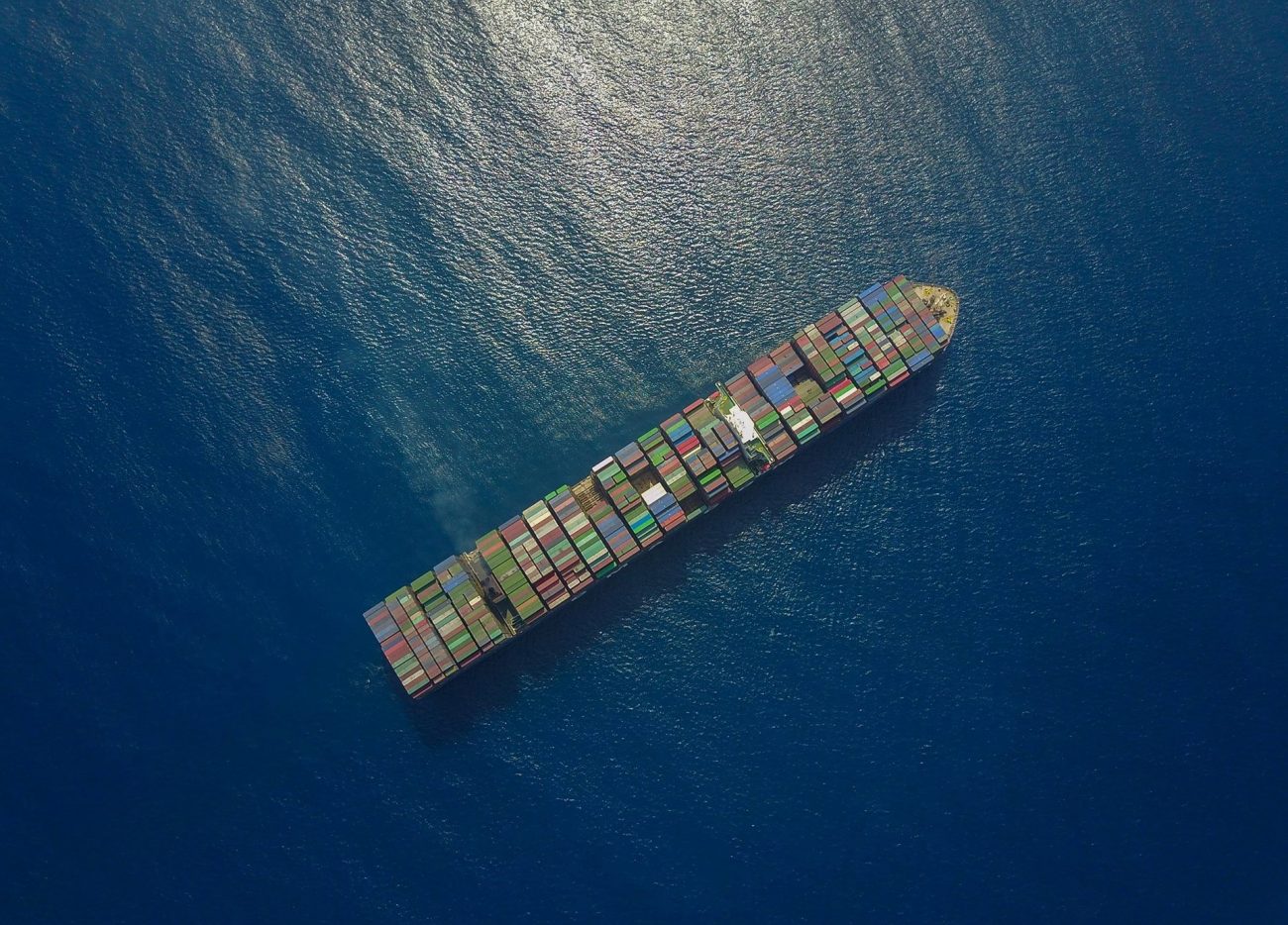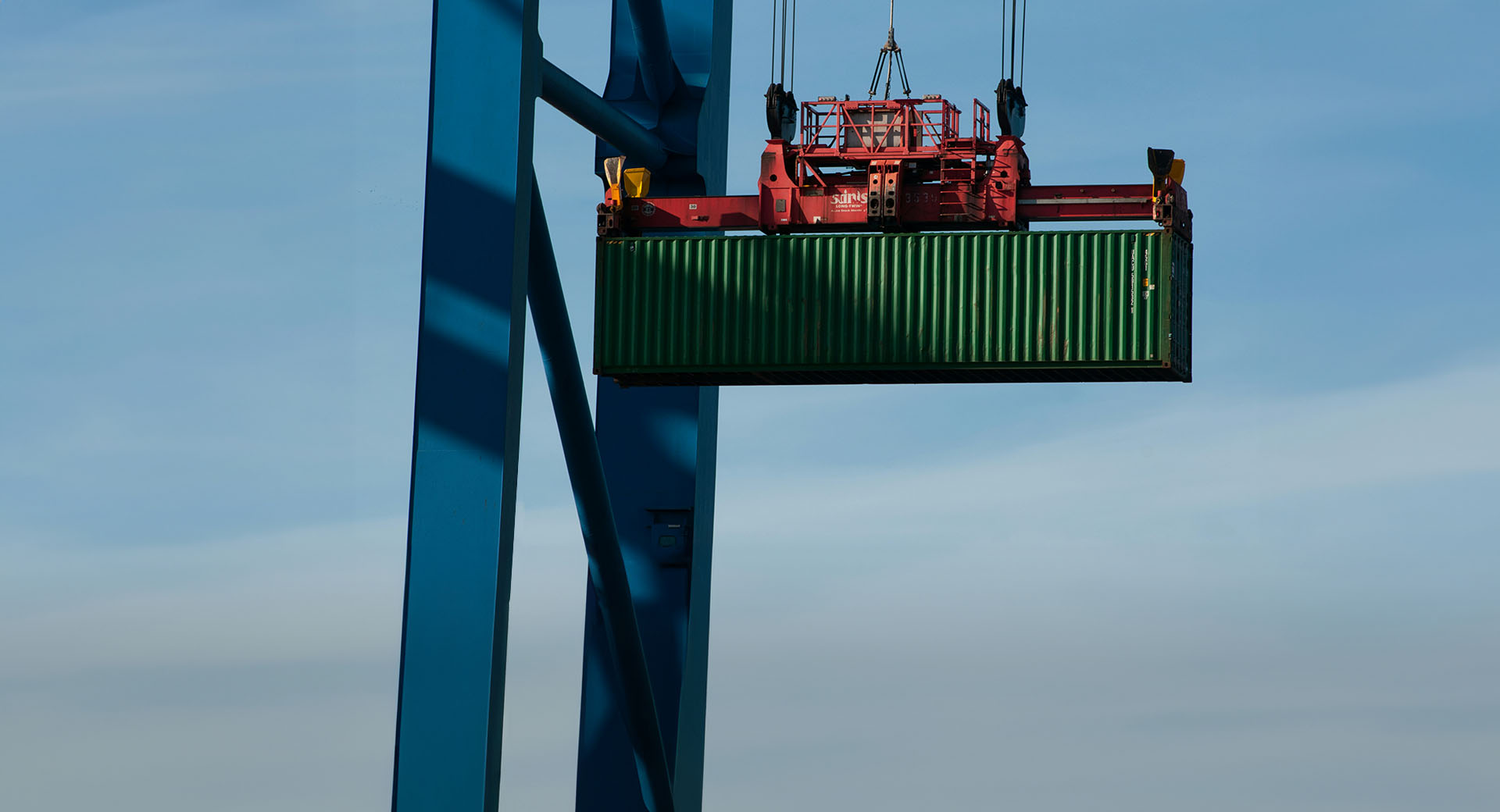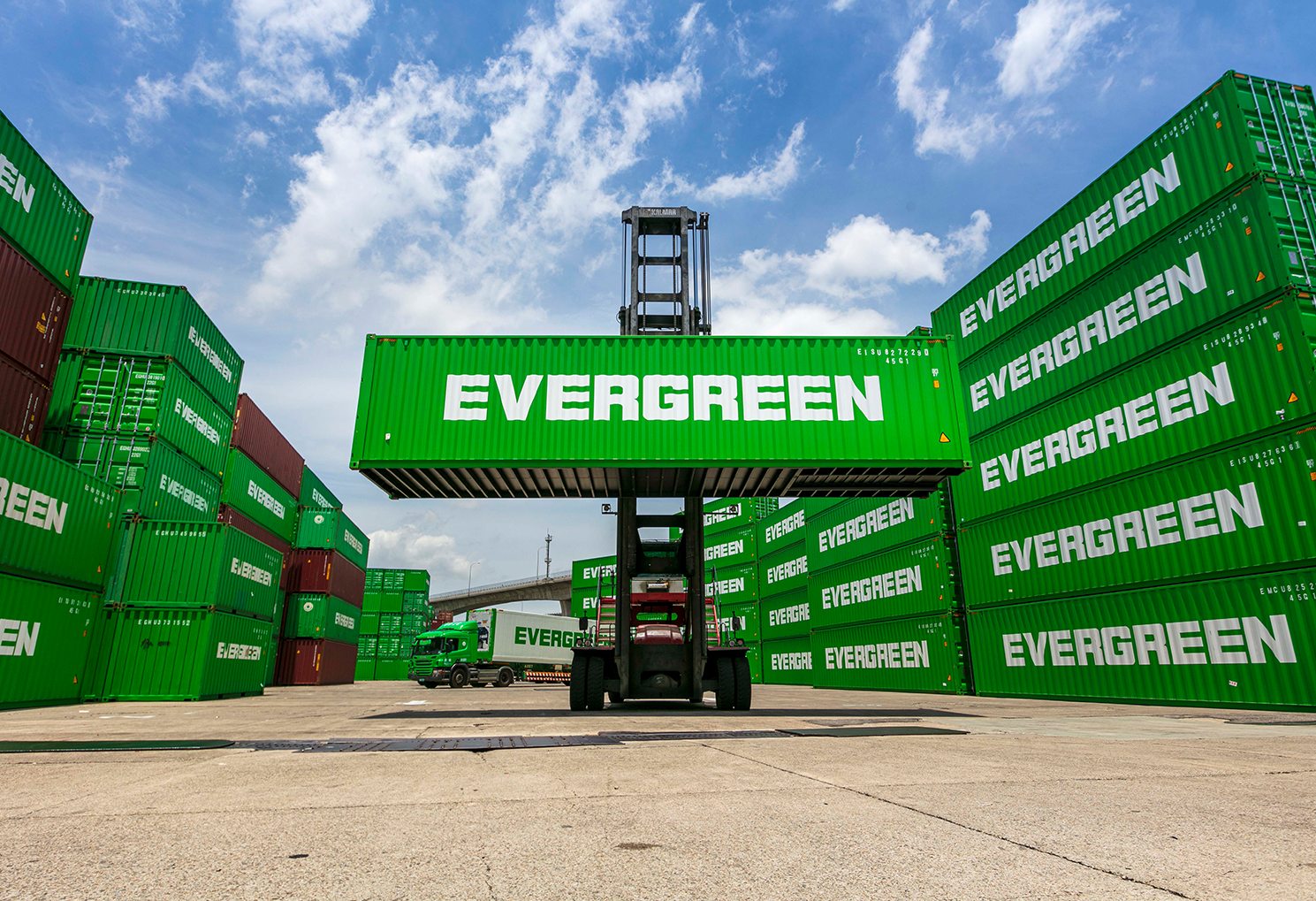Weekly demand fluctuations in order volume can be troublesome when shipping your cargo with feeder vessels. It can cause either under-utilization of the vessel or cargo overflow, which both are costly scenarios. Using a public feeder can help reduce these hassles. In this blog article, I will talk about feeder service and describe how you can benefit from using a public feeder in relation to using a private one.
Feeding bigger main line vessels for final destination
Feeder vessels collect shipping containers from different smaller ports and transport them to central container terminals where they are loaded to bigger ocean vessels. That way, the smaller vessels containing up to 1000 TEU (Twenty-foot Equivalent Unit) feed deep-sea carrier liners containing 14000 TEU to 21000 TEU. Carriers either use their own feeder vessels or third-party public feeders. The public feeder vessel allocates multiple carriers’ cargo from different ports by offering slot spaces to be booked depending on the needs of each specific carrier.
The importance of identifying variations of the cargo volume
A carrier that is working on a stable market and has sufficient volume to fill their own feeder vessels could just as well do so. However, most often, the target market is not that steady. Shipping lines often work with various markets with weekly fluctuations in the demand. This can result in under-utilization of feeder vessels one week and a cargo overflow during the next week. A container shipping company that is operating its own feeder vessels often uses vessels with sufficient capacity to handle cargo even during the peak periods of the year. This means that during the periods with lower cargo volume, the vessel will not always be filled up to maximum capacity which leads to a higher annual transportation cost. Therefore, it is important that container shipping carriers identify the volatility and variability of their cargo volume.
The market demand determines the size of the public feeder vessel
Combining the cargo flows from multiple carriers allows to reduce the overall weekly demand fluctuations as well as lead to a better vessel utilization and lower unit transportation cost. The carrier is only paying for the slot that is used. Also, it is a flexible solution. Based on market conditions and cargo volumes in each port, the public feeder selects the right sized vessel to match the market demand. Since almost all markets are imbalanced where inbound and outbound cargo are not perfectly aligned, it is easier for public feeders to combine import and export volumes from different ports.
Vessel utilization allows for competitive sea freight rates
Greencarrier Liner Agency and Evergreen Line are using a public feeder service in the Scandinavian-Baltic region. Each port agent has their own weekly fixed feeder allocation from a public feeder operator. This guarantees a minimum space capacity on a specific vessel, but subject to space availability we may expect to arrange more than weekly allocations.
Even though schedule delays happen occasionally, we are flexible and it is easier for us to accept cargo overflows. Because the public feeder operator combines cargo from various ports, it is less sensitive to weekly volume changes. If a customer cancels or postpones a booking, the public feeder may find replacement cargo from other ports. Due to the better vessel utilization, unit transportation costs are lower which allows us to offer more competitive sea freight rates to our customers.
I hope you enjoyed reading this article and that you gained some new knowledge about the possibilities of using public feeder services. If you have any questions or want more information, feel free to contact me. You will find other interesting articles at Greencarrier Liner Agency‘s Knowledge Center and also, do not forget to share your thoughts with us on social media!




